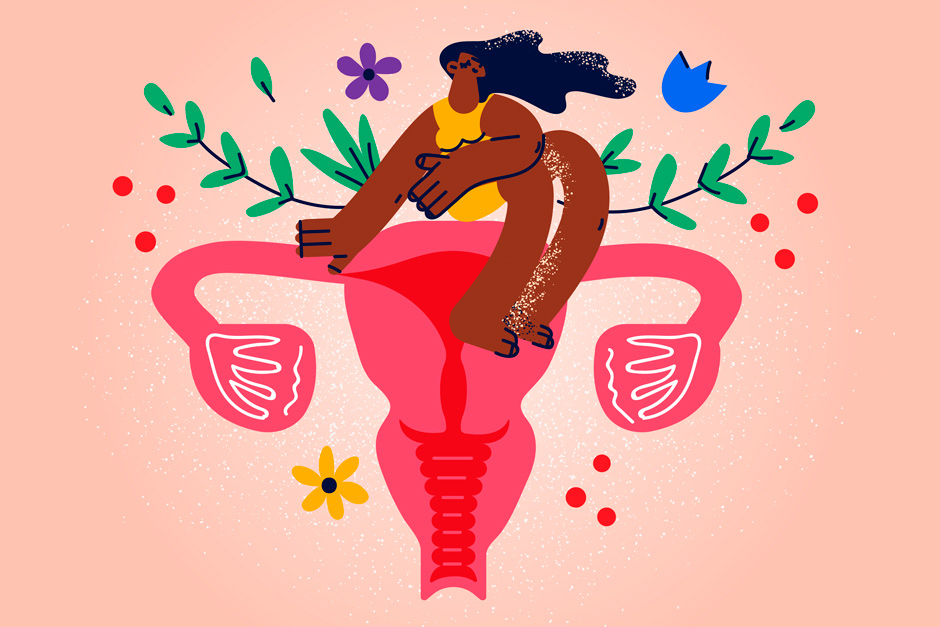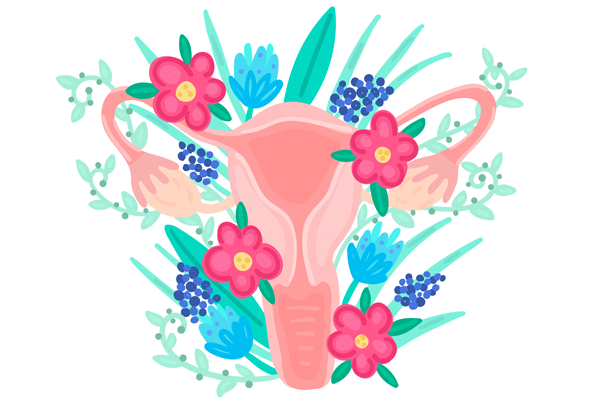You may have heard of a condition called vaginismus that affects women. Vaginismus is far more common than most women realise, but rarely talked about. In support of Vaginismus Awareness Day on the 15th of September 2021, we combat some unhelpful myths surrounding the condition, helping to break the stigma associated with it and increase the conversation around seeking help and treatment.
Vaginismus is a condition wherein the vaginal muscles are involuntarily tensed when insertion is attempted, prohibiting penetration. Symptoms include a tight feeling and burning pain, or the common description of ‘hitting a brick wall,’ whenever a woman tries to insert something into her vagina – in some cases even tampons. For some vaginismus causes difficulty with insertion; for others insertion becomes impossible.
Dr Alex Eskander, Consultant Gynaecologist at The Gynae Centre explains: “An abundance of exaggerated, misleading, or entirely incorrect information circulating about vaginismus can deter women from seeking help. This can be due to feelings of embarrassment or the belief that pain during intercourse is normal, ultimately having a negative impact on their relationship with sex, as well as their self-esteem. In reality vaginismus is nothing to feel ashamed about, and effective treatment is available.”
Fact Vs. Fiction – Vaginismus Myths
1. Vaginismus is all in your mind
Vaginismus is caused by signals sent from your brain to your vaginal muscles, causing them to tighten. This response is often your brain’s way of preventing pain – if it anticipates that vaginal insertion will cause you pain, then it will tighten your muscles to stop it from happening. So whilst vaginismus stems from a psychosexual process, it doesn’t invalidate the condition as an involuntary, very real, and very physical issue.
It does not make sense to separate the mind from the body when thinking about conditions such as vaginismus, it is far better to think of them working in tandem, and to treat them as such. In our experience, a combination of addressing potential underlying causes of vaginismus and physical treatment yields the best results.
In a good number of cases there is a physical abnormality such as a thick rigid or septate hymen leading to pain during intercourse and starting the cycle of vaginismus. Removal of this barrier combined with Botox injections results in successful penetration in 90% of cases.
2. Sexual abuse causes vaginismus
Sexual abuse can certainly be a trigger for vaginismus, but that is not the case for many women. Perpetuating this myth is harmful to those who have not been abused, as these women may feel frustrated, misunderstood, and even dismissed by the assumption. An equally harmful myth is the assumption that there must be an identifiable trigger for vaginismus. However, in some cases women experience years of sexual activity without issue before being affected.
Unfortunately, there is no definitive cause, but there are a number of potential contributing factors, including fear or anxiety (often around resulting pain, pregnancy, or contracting STIs), cultural or religious taboos or inner conflict around sex, and physical factors such as a recent pregnancy, gynaecological problems or repeated cases of infections like thrush or BV.
3. Vaginismus sufferers are sex adverse
In most cases, the opposite is true. Many women desire penetrative sex, but are unable to physically achieve it despite a desire to. Vaginismus also doesn’t affect a woman’s ability to become aroused or to enjoy other types of non-penetrative sexual contact. For some, penetrative sex is not a necessity, and they continue full and happy lives without engaging in acts of penetration.
This myth is perpetuated by sufferers who abstain from sex not because they identify as asexual, or do not experience sexual desire, but because it is painful for them or they feel ashamed of their body’s – involuntary – reaction. Receiving help for the condition can help empower those who do desire sex to enjoy it comfortably.
4. Vaginismus will go away without treatment
If sex has always been painful for you, then continuing without changes is unlikely to improve the situation. In fact, it may reinforce the association of pain and penetrative sex within your body, and exacerbate vaginismus. A relaxation response cannot be forced, so simply ‘trying to relax’ will not have an effect.
Vaginismus treatment puts you in control of your condition. By starting with small dilators, you can build your confidence around vaginal insertion, and become more comfortable with penetrative sex.
5. Vaginismus cannot be cured
There is something to be done about vaginismus. We encourage you to take steps toward seeking help and treatment for the condition; you do not have to resign yourself to abstinence or to painful experiences. A combination of talking therapy to help empower you to address those underlying mental factors, dilator training, and Botox therapy can effectively combat vaginismus. We have an excellent success rate with this treatment.
Botox Treatment For Vaginismus
Botox is a muscle relaxant, and has applications in the treatment of vaginismus. Tiny needles inject Botox into the muscles that surround the entrance to the vagina and partially paralyze them, usually whilst the patient is under local anaesthesia. This prevents the spasming of these areas, and allows for small dilators to be introduced.
Treatment thus breaks the cycle of contraction = pain = more contraction = more pain and replaces it with a positive cycle, wherein you learn to associate vaginal penetration with pleasure, and gradually relax in response, leading eventually to penetrative sex.
For impartial, non-judgmental advice from a highly experienced gynaecologist, book an appointment online with The Gynae Centre today or call our friendly admin team on 020 7580 8090.






